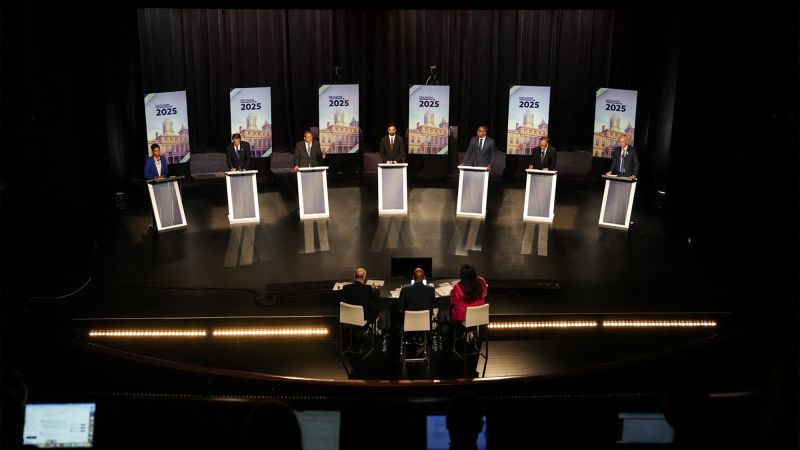
Explaining New York City’s ranked-choice voting system and when to expect results
CNN
Ranked-choice voting could once again decide New York City’s mayoral primary, four years after the process was slow and marred by a major tabulation error.
Voters in New York City will once again be asked to rank up to five candidates in the Democratic primary for mayor, four years after the process was slow and marred by a major tabulation error. City officials are confident that the ranked-choice voting process will be faster and smoother this time, due in part to a change in state law that should result in most votes being reported on Election Day, June 24. This year’s Democratic primary features 11 candidates on the ballot, including former Gov. Andrew Cuomo and several progressive challengers with state Assemblyman Zohran Mamdani leading the way. If no candidate tops 50% of first-choice votes, support for the lowest vote-getters is then redistributed in rounds based on voters’ other rankings until only two candidates remain. Advocates say the “instant runoff” system allows voters to have more of a say over who wins beyond choosing just one person. Critics argue the system is overly confusing and could disadvantage less engaged voters. Here’s what to expect and more detail about how the system works.













